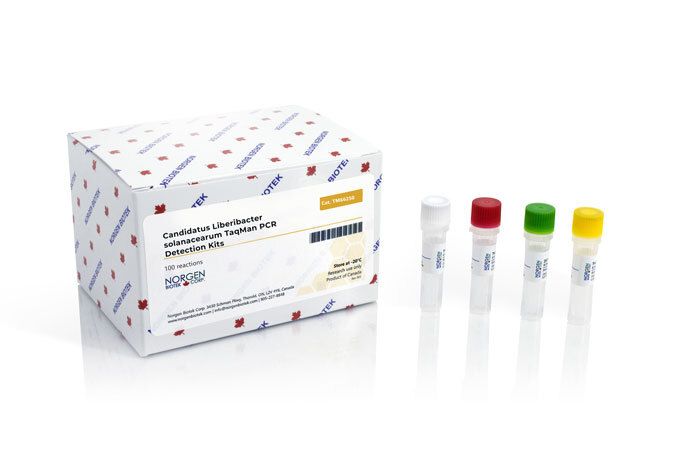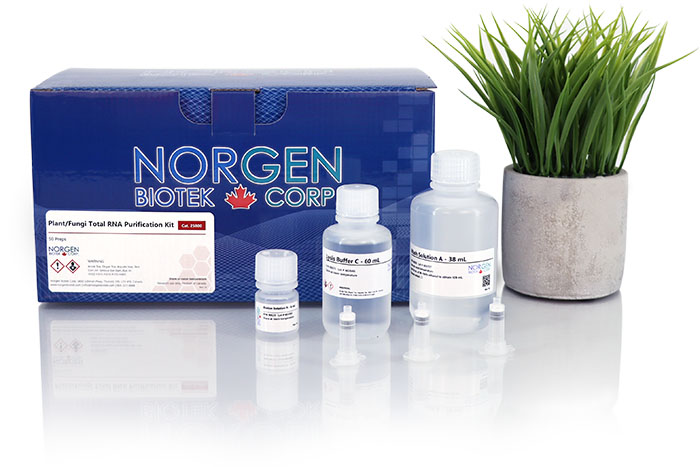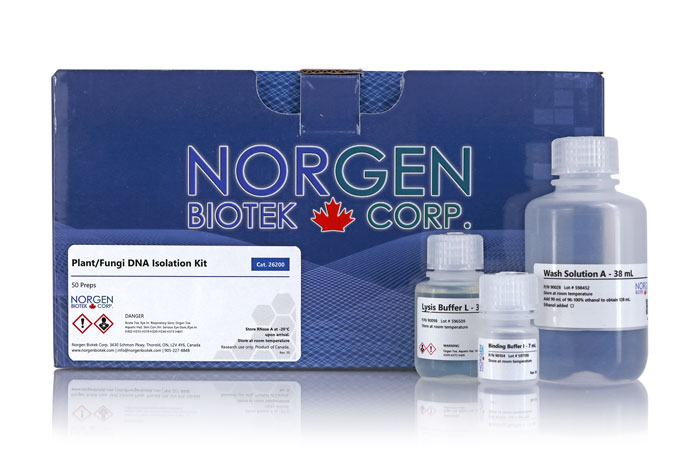Candidatus Liberibacter solanacearum TaqMan PCR Detection Kits

For research use only and NOT intended for in vitro diagnostics.
Candidatus Liberibacter solanacearum TaqMan PCR Detection Kits
Register today to receive an exclusive 15% off* on your first order.
Features and Benefits
- Detection kits for the Candidatus Liberibacter solanacearum
- Available in TaqMan format for analysis
Candidatus Liberibacter solanacearum was first identified in 2008 and was shown to be associated with zebra chip disease of potato, which has been observed since the 1990s with increasing economic impacts. Candidatus Liberibacter solanacearum is also known to primarily infect tomato (Solanum lycopersicum), pepper (Capsicum annuum), eggplant (Solanum melongena), tomatillo (Physalis peruviana), tamarillo (Solanum betaceum), tobacco (Nicotiana tabacum), and several weeds in the family Solanaceae. The symptoms of infection include stunting, erectness of new foliage, chlorosis and purpling of foliage with basal cupping of leaves, upward rolling of leaves throughout the plant, shortened and thickened terminal internodes resulting in plant rosetting, enlarged nodes, axillary branches or aerial tubers, leaf scorching, disruption of fruit set, and production of numerous, small, misshapen, and poor quality fruits. PCR is the method of choice for the detection of Candidatus Liberibacter solanacearum. Conventional PCR can be used, but real-time PCR is recommended because of its increased sensitivity.
Click to expand options
- Ready to use format, including Master Mix for the target and PCR control to monitor for PCR inhibition and validate the quality
- Specific Primer and Probe mix for the pathogen/virus/viroid of interest
- Primer and Probe mix
- Positive and negative control to confirm the integrity of the kit reagents
- Specific Primer/Probe mix and Positive Control for the pathogen/virus/viroid of interest
- Nuclease-free water
- Can be used together with Norgen’s PCR Master Mix (#28007) or customer supplied master mix
For research use only and NOT intended for in vitro diagnostics.
Details
Supporting Data
TaqMan PCR Kit - Figure 1. Example of TaqMan PCR Positive result. Both PCR signals above the baseline from FAM and HEX channel indicate the successful PCR.
TaqMan PCR Kit - Figure 2. Example of TaqMan PCR Negative result. No target DNA was detected in FAM channel but amplification signal from HEX indicates the successful PCR.
TaqMan PCR Kit - Figure 3. Example of TaqMan PCR inhibition result. No signal from both FAM and HEX channel was detected. It is suggested to repeat the sample preparation using recommended kit for DNA purification.
Storage Conditions and Product Stability
All kit components can be stored for 2 years after the date of production without showing any reduction in performance.
All kit components should be stored at -20°C upon arrival. Repeated thawing and freezing (> 2 x) of the Master Mix and Positive Control should be avoided, as this may affect the performance of the assay. If the reagents are to be used only intermittently, they should be frozen in aliquots.
| Component | Cat. TM66250 (100 preps) | Cat. TM66210 (100 preps) |
|---|---|---|
| MDx TaqMan 2X PCR Master Mix | 2 x 700 μL | - |
| Candidatus Liberibacter Primer & Probe Mix | 280 μL | 280 μL |
| Candidatus Liberibacter Positive Control | 150 μL | 150 μL |
| Nuclease-Free Water (Negative Control) | 1.25 mL | 1.25 mL |
| Product Insert | 1 | 1 |


